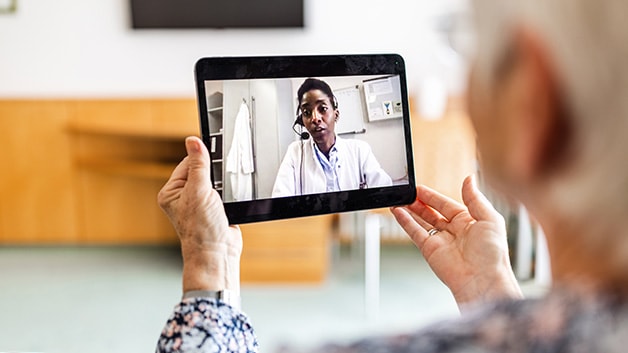What are the advantages of telehealth?
While a traditional in-person visit with your doctor is preferred by many and often required, when applicable, there are a lot of benefits to receiving healthcare remotely.
- Convenience for patients and healthcare
- Cost savings for patients and healthcare
- Increased healthcare access for rural areas
- Increased access for those with limited mobility
- Increased access to non-local specialists
- No exposure to transmittable diseases/viruses
Do you need special technology?
The technology requirements for a telehealth experience are basic. A computer, smartphone, or tablet with a camera and internet connection should be all that a patient needs. A healthcare provider will require the same and maybe a dedicated telehealth application or platform with added tools and resources that also take into consideration patient privacy and HIPPA rules. But telehealth visits can even be accomplished with familiar virtual meeting applications like Teams, WebEx, or Zoom.
Explore technology solutions for telehealth
Healthcare provider collaboration
Telehealth is also helping to improve patient outcomes through virtual collaboration between healthcare professionals. Does a small healthcare provider want a second opinion from a larger hospital? No problem, have a quick virtual meeting to review and discuss a patient’s test results or imaging. Does a psychologist need to consult a far-away peer about a patient’s disorders and complications? Easy, do it virtually.
Virtual provider collaboration presents so many benefits. Doctors can get to diagnosis and treatment sooner. Patients may not need to see a specialist in-person because their doctor has already consulted one virtually. Which saves travel, expense, and time. Time that may contribute to a patient’s faster recovery. Telehealth services are not only helping doctors help patients. Their helping doctors help doctors, too.
Of course, telehealth is not always perfect for everyone or every medical condition. Make sure you discuss any disadvantages or risks with your healthcare provider to make sure telehealth services are right for your situation.
See how you can get your office ready to support telehealth
